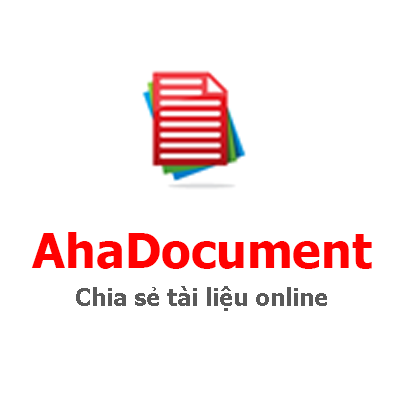Period: 55 | UNIT 6: GLOBAL WARMING LESSON 1: GETTING STARTED |
OBJECTIVES OF THE UNIT:
- To use lexical items related to the global warming
- To identify and pronounce intonation in Yes-no questions and echo question.
- To use perfect gerunds and perfect participles
- To use must and have to to express obligation.
- To read for specific information in an article about global warming
- To express opinions, agreements, or disagreements about solutions to global warming
- To listen for specific information about the causes and effects of global warming
- To write an essay about the causes, effects and possible solutions to global warming.
- To understand the global warming problem and Young voices for the planet
I. Objectives of lesson 1
1. Educational aim
- To introduce the unit in general in order to
+ draw Ss’ attention to the topic “global warming” of the unit and its objectives
+ check Ss’ background knowledge of the global warming and their comprehension of the language
- By the end of the lesson, Ss are able to
+ understand the content of the text correctly,
+ read the text fluently
+ do the activities well
2. Knowledge and skills:
* General language knowledge:
- Lexical items: chemical fertilizer, deforestation, ecological balance
- Grammatical structures/items: perfect gerunds and perfect participles
* Skills: - intonation in Yes-no questions and echo question
- Reading for specific information
II. Preparation:
- Teacher: lesson plan,
- Ss: reading and considering the tasks
Teacher’s / Students’ activities | Content | |
I. WARM UP (5ms) * Methods/techniques of teaching and learning: Introduction | ||
-*T -T informs the class of the lesson objectives: Introducing the topic, some vocabulary related to global warming, the two grammar points (perfect gerunds and perfect participles), and intonation on yes-no questions and echo questions. |
| |
II. NEW LESSON (37ms) | ||
Task 1: Listen and read: (7ms) * Methods/techniques of teaching and learning: communicative | ||
-T asks Ss to look at the picture and tell them that the people are Mr Hoa and her students – Mai, Minh and Lan. Mr Hoa is checking how they are preparing for a team presentation on global warming and is suggesting some ideas. -T tells Ss that they are going to listen to the conversation between Ms Hoa and her students. -T plays the recording. -T has Ss listen and read the conversation silently. -T tells Ss not to worry about the new vocabulary as unfamiliar words will be dealt with later in . Play the recording. Have Ss listen and read at the same time.
|
- Answer T’s Qs
| |
Task 2: Answer the questions (7ms) * Methods/techniques of teaching and learning: Explaination | ||
-This activity focuses on comprehension. -T tells Ss to read the questions carefully before they read the conversation the second time. -T helps Ss with key words or phrases to make sure that they understand all the questions. -T lets Ss work in pairs to answer the questions. -T divides the class into three groups and has each group write their answers to separate pieces of paper. -T divides the board into three sections. -T reads each question and has a S from each group stick their answer onto their section on the board. -T reads the three answers to each question and has Ss decide on the correct or best one. - Checks and gives the correct answers: Ss listen , do T‘s requests | Expected answers: Keys: 1. Global warming 2. Three parts: the causes, the effects, the solutions 3. Greenhouse gas emissions from factories and vehicles; use of chemical fertilizers, and deforestation. 3. Greenhouse gas emission, use of chemical fertilizers, deforestation 4. Climate changes, infectious and heat-related diseases, impact on water supplies, threat to food production and upset ecological balance 5. They should change their daily habits 6. Causes: burning of fossil fuels, using of non-environment friendly products Effects: natural disasters such as floods, droughts, tsunami, acid rain
| |
Task 3: Complete the definitions: (7ms) * Methods/techniques of teaching and learning: Instruction | ||
T: -This activity focuses on the meaning of some key words used in the conversation. -T encourages Ss to use the context and clues in the conversation. -T asks Ss to read the conversation again and find the phrases in the left-hand column and underline them. -T encourages Ss to guess the meanings of the phrases and then match them with their definitions in the right-hand column. -T checks Ss’ answer as a class. |
Keys: 1. C 2. G 3. D 4. B 5. A 6. E 7. H 8. F
| |
Task 4: Find all the phrases having + past participle with form. (5ms) * Methods/techniques of teaching and learning: communication approach | ||
T: This activity focuses on having + past participle of the verbs. Ask Ss to refer back to the coversation and find all the phrases with the – ing form. Have them compare theirs answers. Check answers as a class - Have Ss compare their answers in pairs/groups - Check Ss’ answers.
| Do as appointed | |


.png)
